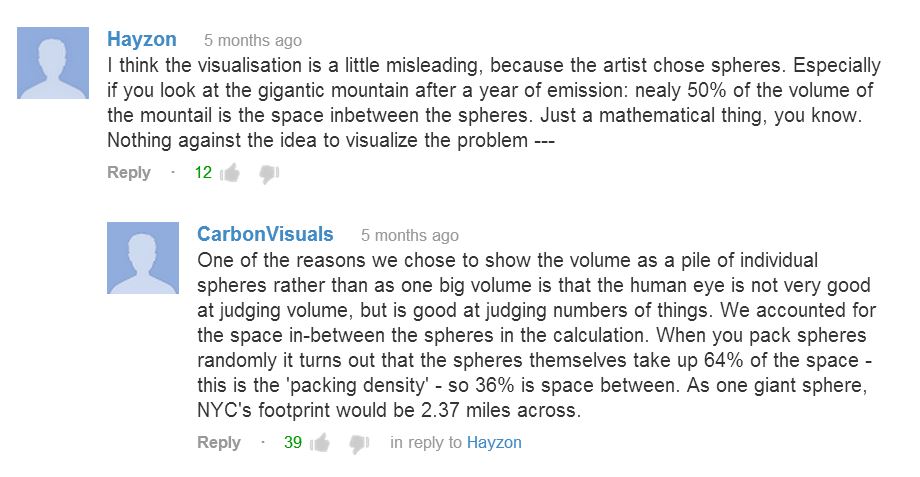Older Posts
Mistakes are easily made, especially with abstract data. Visuals can sometimes bring new insights - even to those most familiar with the figures; and the integrity of communications can be aided by a fresh pair of eyes.
This is the strap-line on the feature about our visuals in the current edition of Conservation magazine published by The University of Washington. Rather than a play on words there is a depth to this phrase that is about a pivotal point in each person’s comprehension of climate change.
Human induced climate change is claimed to be the greatest challenge of the 21st century. But man-made carbon emissions continue to rise - the 400ppm carbon milestone causes barely a ripple. I am intrigued as to why, in society at large, there is little grass roots support, no loud and clear call for action to address this issue.
MPs in the UK will vote on the Energy Bill on Tuesday. The Bill has no clean energy targets beyond 2020, which will undermine investment in clean energy. As the diagram shows, we have no time to lose.
400 parts per million. Why is the figure in the news? Can we help people make 400 ppm meaningful for themselves by showing what it looks like?
Carbon Visuals has submitted a proposal for a panel discussion - Making carbon visible in cities - at the prestigious SXSW Eco conference in Austin, Texas in October.
Our panel was accepted - thanks to all who voted for us! And thank you SXSW Eco. So I will be in Austin, Texas October 7-9, and in Washington DC 3-4th.
The people charged with driving down emissions are often specialists with expertise in engineering, systems and measurements. But when it involves getting other people to change, the way forward can be less than obvious. Something more than data is needed.
The number and mixture of comments that we have received since releasing the New York Emissions film through You Tube, Twitter and email has been really useful as a means of assessing its impact. And generally aiding us in best understanding how visuals can really help.
Our video showing the carbon emissions of New York City has won an award from the American Clean Skies Foundation at the Energy Visions Prize gala in Washington.










Participating at SWSX Eco got me thinking again about how we engage people in the climate / energy challenge. I don’t mean the small percentage of committed greens or sceptics at either end of the spectrum. We are talking here about the man and woman on the street – the majority who we need to engage to support, rather than block, the transition to a low or zero-carbon future.